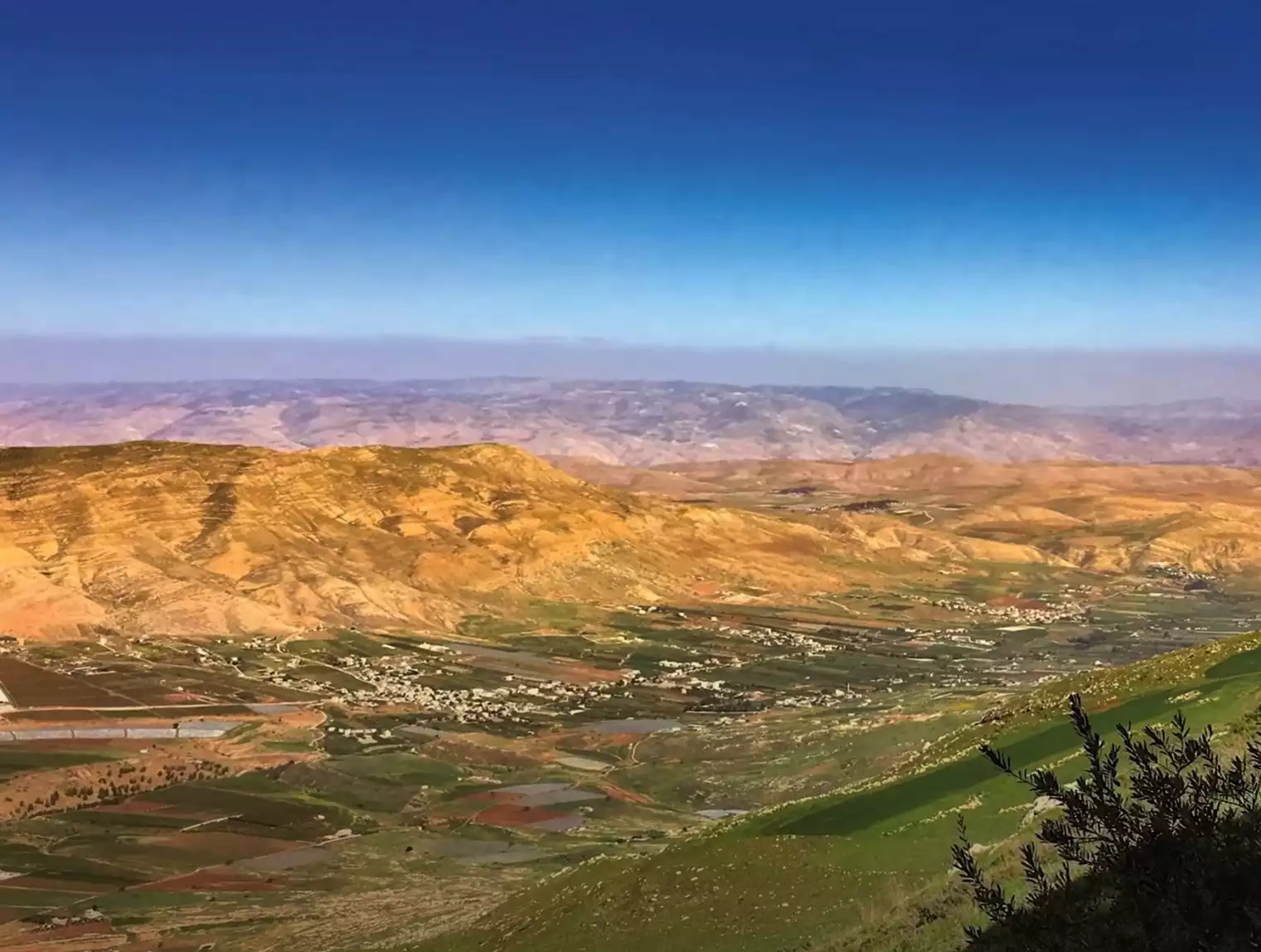
The ancient cities of Sodom and Gomorrah, long shrouded in mystery and religious lore, have captivated historians, theologians, and the curious for centuries. These cities, often associated with sin and divine retribution, hold a significant place in cultural and religious narratives.
The Historical Context of Sodom and Gomorrah
The story of Sodom and Gomorrah, originating from ancient texts, has been a subject of fascination and debate. These cities, believed to have existed in the Near East, were reportedly prosperous and advanced for their time. However, they are most famously known for their destruction, as chronicled in religious scriptures, which attribute their downfall to moral degradation and divine judgement.
Archaeological endeavors have attempted to locate these legendary cities, with various theories suggesting their possible locations near the Dead Sea. Despite the lack of definitive evidence, the quest to uncover the physical remnants of Sodom and Gomorrah continues to intrigue researchers and enthusiasts alike.
In addition to their historical and archaeological aspects, the story of Sodom and Gomorrah has been deeply ingrained in religious teachings. These narratives often highlight themes of morality, justice, and divine intervention. The impact of these cities’ story on cultural and religious thought cannot be understated, as it has influenced art, literature, and moral discourse throughout the centuries.
Archaeological Insights and Theories about Sodom and Gomorrah
The quest to unearth the physical evidence of Sodom and Gomorrah has yielded various intriguing theories and findings. Archaeologists have long speculated about the location of these cities, with many positing their existence near the southern region of the Dead Sea. This area, characterized by its unique geographical and climatic conditions, has been the subject of numerous excavations and studies.
One of the prevailing theories suggests that a catastrophic natural event, such as an earthquake or an asteroid impact, might have led to the destruction of these cities. Supporting this theory are geological studies indicating sudden and severe changes in the landscape around the proposed locations of Sodom and Gomorrah during the relevant time period.
Another perspective comes from examining the historical and cultural context of the region. Some scholars argue that the story of these cities could be a symbolic representation of the conflict between urban and nomadic societies, reflecting the tensions and transitions of the era.
Despite the lack of conclusive evidence, the archaeological research concerning Sodom and Gomorrah continues to provide valuable insights into the ancient Near East. It offers a glimpse into the complex and dynamic societies that existed thousands of years ago and helps in piecing together the historical puzzle of this region.
Theological Interpretations and Cultural Impact
The story of Sodom and Gomorrah extends far beyond its historical and archaeological aspects, deeply embedding itself in theological and cultural contexts. In religious teachings, these cities are often cited as examples of divine retribution against immorality. This narrative has been influential in shaping moral and ethical discussions across various faiths.
In Christianity, the destruction of Sodom and Gomorrah is frequently interpreted as a cautionary tale against sin and a reminder of God’s justice. Similarly, in Judaism, these cities are referenced in discussions about hospitality, justice, and societal ethics. The interpretations and lessons drawn from the story of Sodom and Gomorrah vary, reflecting the diversity of perspectives within and between different religious traditions.
The cultural impact of Sodom and Gomorrah is equally significant. The story has inspired countless works of art, literature, and music, often serving as a symbol of decadence and divine judgement. From Renaissance paintings to modern literary references, the legacy of these cities continues to influence artistic expression.
Moreover, the story of Sodom and Gomorrah has permeated popular culture, often used as a metaphor for destruction and moral decay. The enduring fascination with these cities reflects their complex role as historical, religious, and cultural symbols, continuing to provoke thought and debate in contemporary society.
Contemporary Relevance and Ethical Considerations
In today’s world, the story of Sodom and Gomorrah continues to resonate, offering insights into contemporary ethical and societal issues. The narrative’s exploration of themes such as justice, morality, and divine intervention remains relevant, prompting reflection on our societal values and behaviors. Modern interpretations often focus on the broader ethical lessons to be learned from these ancient cities, encouraging a reassessment of our actions and their consequences in the light of historical wisdom.
The tale of Sodom and Gomorrah also serves as a reminder of the power of storytelling in preserving historical and moral lessons. As societies evolve, the ways in which these stories are interpreted and understood also change, reflecting the dynamic nature of human culture and thought. The ongoing dialogue around these cities underscores the importance of examining historical narratives through various lenses, including ethical, cultural, and theological perspectives.
The legacy of Sodom and Gomorrah transcends time, continuing to influence modern thought, art, and religion. These ancient cities, encapsulated in historical, archaeological, and theological studies, serve as a testament to the enduring power of myth and legend in shaping human understanding and culture. As we continue to explore and interpret their story, we are reminded of the complex interplay between history, morality, and belief, and the lasting impact of ancient narratives on contemporary society.
References
Ashkenazi, Michael. “Encyclopedia of Jewish Folklore and Traditions.” Routledge, 2013.
Cline, Eric H. “1177 B.C.: The Year Civilization Collapsed.” Princeton University Press, 2014.
Dever, William G. Archaeology and Biblical Studies: Retrospects and Prospects.” Eisenbrauns, 2017.
Friedman, Richard Elliott. Who Wrote the Bible?” HarperOne, 2019.
Kitchen, Kenneth A. “On the Reliability of the Old Testament.” Eerdmans, 2006.
Wright, N.T. The New Testament and the People of God.” Fortress Press, 1992.
